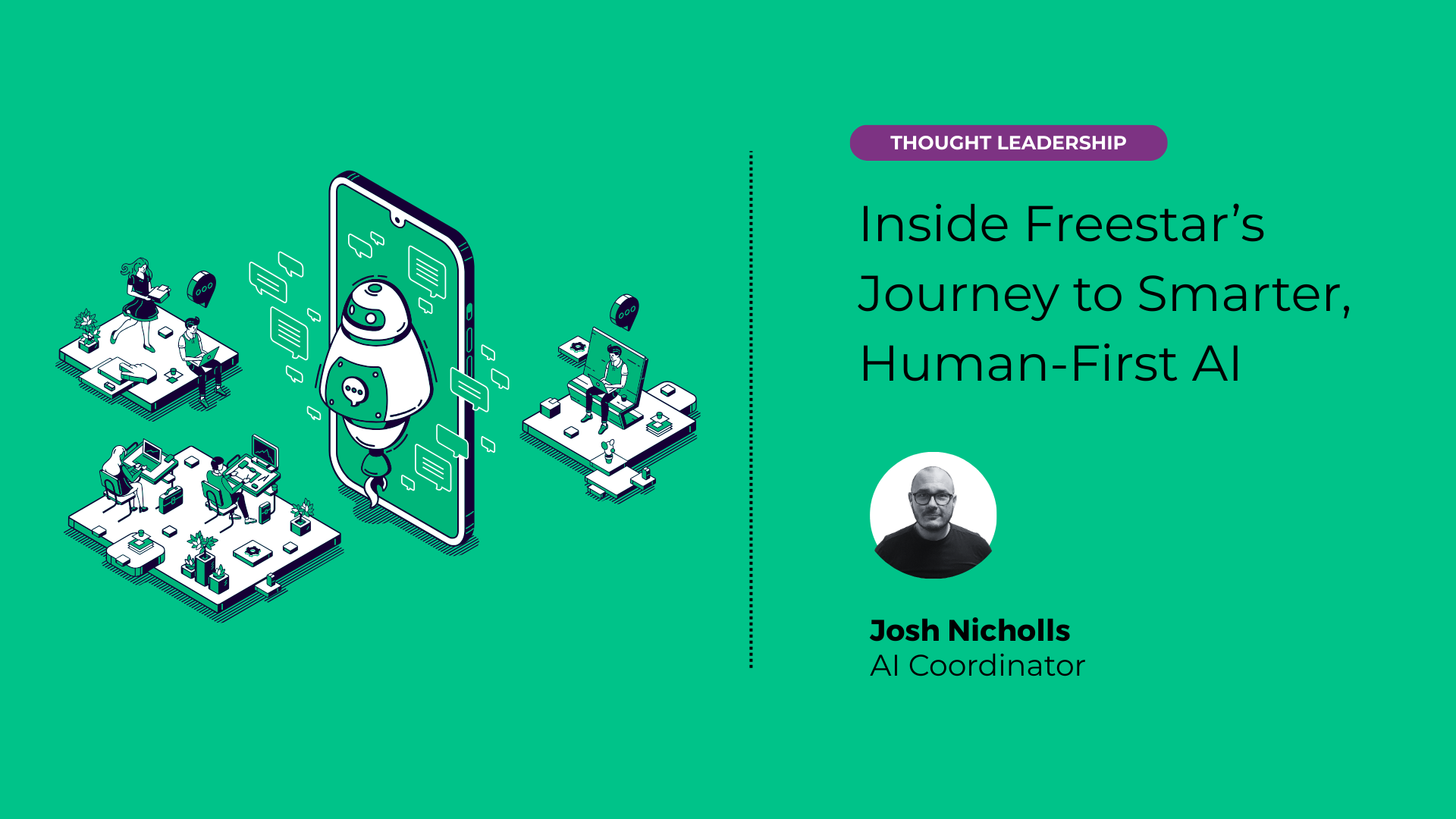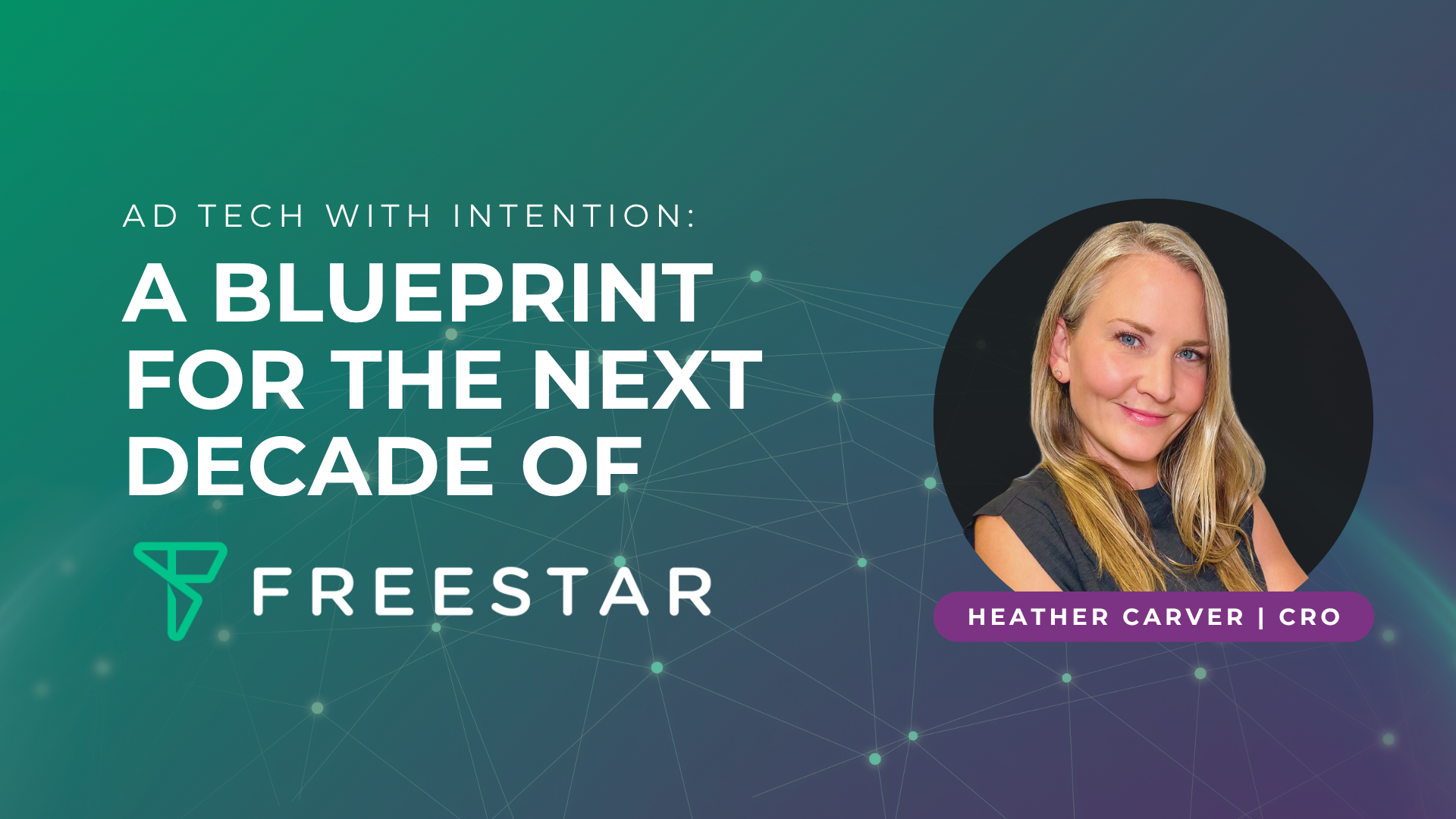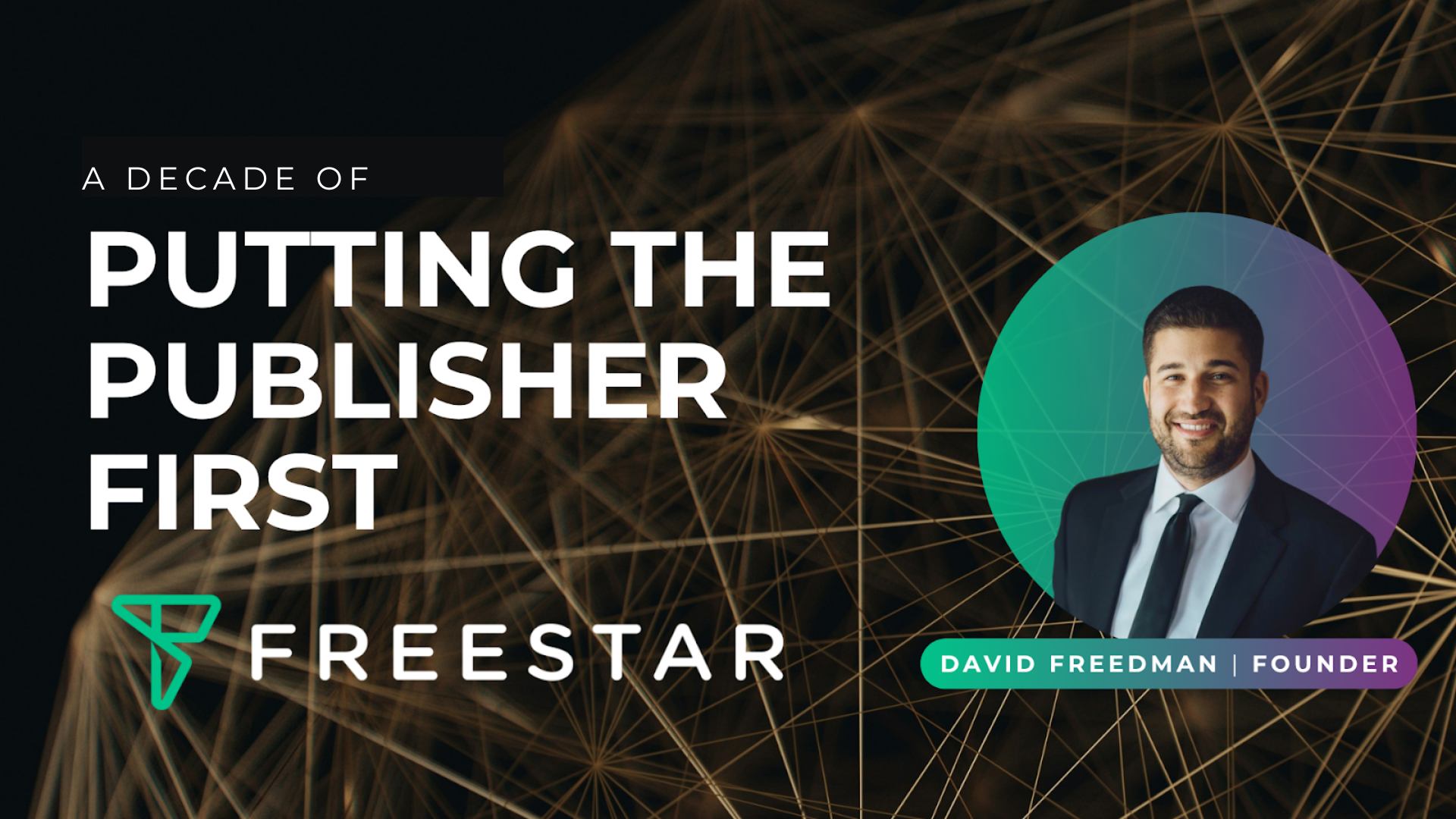AI is, unsurprisingly, a hot topic across the adtech industry. You’ve got your evangelists who believe AI will eventually replace large portions of the workplace, and your skeptics who believe it’s an overhyped fad.
The reality is probably somewhere in between.
At Freestar, we’re proud to be taking a human-first approach, and we have no desire to replace employees with AI. However, we’re also not blind to the increasing power of the technology and are keen to explore ways in which it can enhance the day-to-day lives of our employees while delivering better service to our publishers.
We’re not aiming for sweeping changes throughout our company, yet. The goal is to create solid foundations first, whilst identifying suitable use cases to apply this technology to in meaningful ways. Things like tasks that consume valuable time and utilize AI, including agentic AI where applicable, to augment or automate the process. This includes everything from routine workflows to more complex applications, like using natural language to query our data.
So how do we use AI to enhance, rather than replace, the existing workforce?
Finding our AI Champions
The first step in our AI rollout was establishing internal momentum. Once I stepped in to embed AI into the core of the business, Humberto and Hemang from Engineering helped rally a team of internal “AI Champions.”
These champions became our front-line collaborators, surfacing pain points and suggesting opportunities where AI could provide assistance. Within days, we had 20 champions across 17 teams, each of whom we interviewed to gain an understanding of their current workflows and experiences with AI.
Real Use Cases in Action
Take Kristina from Business Development, who’s already using AI to solve problems in her role. She needed a way to pull in JSON files for information that would support her in generating and enriching new leads. As her role is not focused on writing code, she used AI to write Python scripts that would scrape the data for her. So, rather than spending days digging through files, the AI-generated scripts pulled out the information in an instant. This was a perfect example of how we’re aiming to utilize AI – taking a task that could have taken days and solving it in minutes.
Another great example comes from Saad, one of our Onboarding Yield Managers, who’s using Google’s NotebookLM to manage knowledge retrieval during onboarding. Instead of repeatedly answering the same routine questions, they’re using the tool to provide instant, contextual answers. This not only saves time but also enhances the onboarding experience by providing new clients with consistent and speedy answers. It’s a simple use case, yet powerful. It highlights how AI can offload repetitive work, allowing employees to focus on more strategic tasks.
Focused, Not Frantic: Evaluating the Right AI Tools
There’s a trap folks are falling into when it comes to AI tools. They try an app for a few weeks, get distracted by the next shiny thing, and start the process all over again. Because of this, we’re being mindful about choosing the right solution for the right problem. The idea isn’t to find quick wins here and there, but to build systems and adopt processes that will save us time and energy in the long run.
Therefore, the next step in our process is to carefully evaluate the specific pain points raised by our champions, so we can find the AI solutions that will have the greatest long-term impact.
Just a week into the process, we’d identified six challenge areas for further investigation and development. Instead of solving these problems overnight or switching from tool to tool, we’re running discovery for AI agent applications over a period of weeks to explore how it could potentially help us with these specific problems, one at a time, as well as the longer-term impact it could have on helping the team.
Being Prepared for the Future of AI in Adtech
For us at Freestar, the future is all about identifying ways we can utilize AI to save our teams time and energy, which can be better spent on other tasks or pursuits outside of work. We really mean human-first.
If the process has shown us anything, it’s that we’re just scratching the surface of what’s possible. And that’s just from an internal perspective, before you even get to how we are already using sophisticated AI and ML to help our clients on the publisher side.
When it comes to agentic AI, we’re already seeing it creep into the buy side, where it’s being used within the DSP to autonomously make decisions. It’s only a matter of time before we see similar innovations start to appear on the sell side. But that’s an article for another day.





